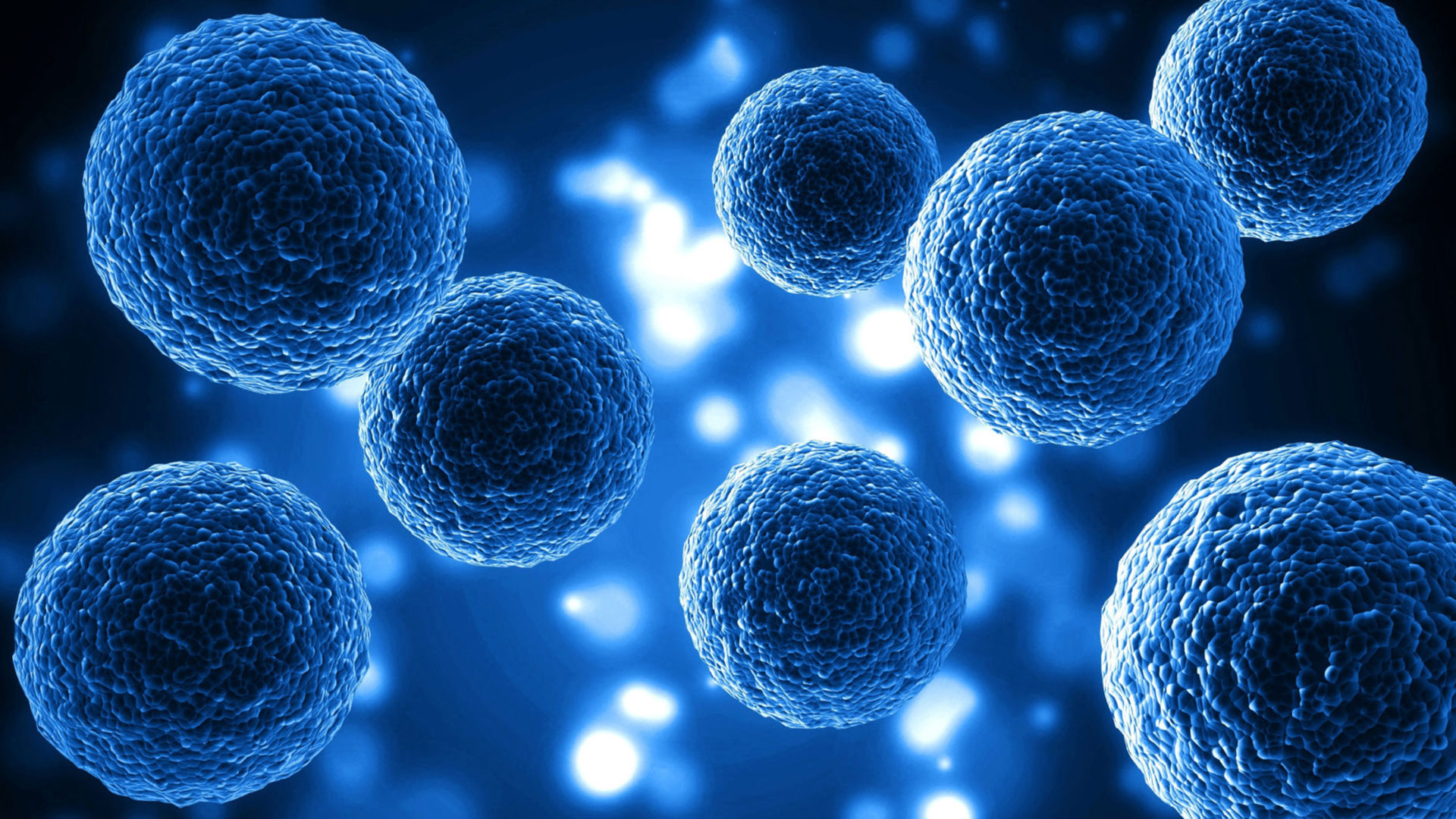The adipose-derived mesenchymal stem cell (ADMSC) exosomes have demonstrated potential in promoting hair growth and improving hair health. Cosmetics containing ADMSC exosomes could potentially harness their regenerative and immunomodulatory properties to address hair loss and maintain hair health.
ADMSC exosome-based are the ingredient of XHAIR for the treatment of hair loss with the following potential benefits:
Promotion of hair growth: XHAIR may stimulate the activation and proliferation of hair follicle stem cells, initiate the anagen phase of the hair cycle, and support hair growth.
Improved hair health: XHAIR contain various proteins, growth factors, and microRNAs that can influence cell proliferation, differentiation, and survival, potentially contributing to improved overall hair health.
Scalp health: The immunomodulatory properties of XHAIR could help regulate local immune responses in the scalp, reducing inflammation and creating a more favorable environment for hair growth.
Nourishment and protection: XHAIR may deliver essential nutrients, growth factors, and signaling molecules to hair follicles, which could nourish and protect them, potentially reducing hair loss and improving hair quality.
We also recommend the use of XPREP Hair Follicle Purification Cycle Shampoo, specifically formulated to prepare and clean the scalp for XHAIR treatment.



